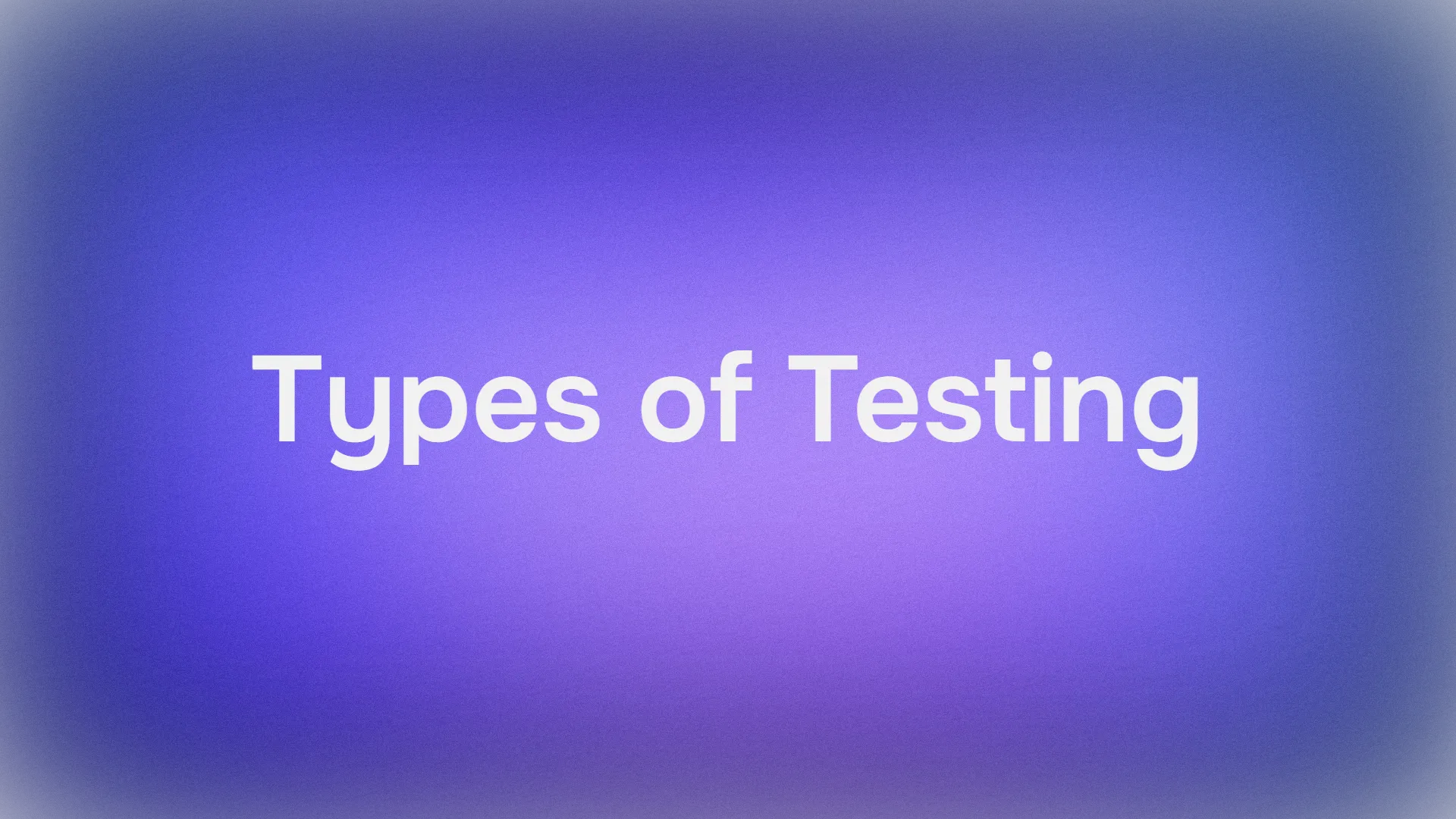API development and testing can often be time-consuming and error-prone. The challenge of ensuring the API response adheres to the expected format and schema can be one of the biggest hurdles developers face. Manual validation of every response can be exhausting, especially as the project grows. Enter Apidog’s automatic response validation feature, a tool designed to simplify this task and allow developers to focus on what matters most: writing clean, functional APIs.
In this blog, we will delve into how Apidog’s automatic response validation works and explore why it’s a game-changer for developers working on APIs. We'll highlight how it solves key pain points and how developers can leverage this feature to streamline their development workflows.
The Pain Points in Manual API Response Validation
The Struggles of Manual API Testing
Manually testing API responses can be a nightmare. It’s not only tedious but also prone to human error. Developers often need to check the status code, content format, and even specific data values to ensure that the API is functioning as expected.
Here are some common issues developers encounter when manually validating API responses:
- Inconsistent Results: Even the slightest error can result in inconsistent data, leading to faulty responses that affect the application.
- Time-consuming: Each response has to be checked for every endpoint, which can delay the development process.
- Human error: Manual checking increases the risk of oversight, leading to bugs or inconsistencies slipping through the cracks.
- Scalability issues: As APIs evolve, manual validation becomes harder to maintain, especially when the response schema changes frequently.
These issues can delay the release cycle, waste valuable time, and even lead to production failures if an error goes unnoticed. Apidog’s automatic response validation addresses these pain points, offering a streamlined solution.
How Apidog Solves Response Validation Pain Points
Automatic Response Validation for Developers
Apidog’s automatic response validation ensures that the response received from the server aligns with the expected specification defined in the API documentation. This eliminates the need for developers to manually verify each response, saving significant time and reducing the likelihood of errors.
Once a request is sent within an endpoint, Apidog performs the validation automatically. The tool checks the response against various rules, including:
- HTTP status code: Is the status code returned by the API as expected?
- Data format: Is the content returned in the correct format, such as JSON, XML, or others?
- Schema validation: Is the structure of the response in line with the defined schema?
If all the conditions are met, Apidog displays a sign showing that the response is validated. This means the actual response matches the specification, and there’s no need for manual intervention. This is particularly useful in large projects, where manually checking every API response would be overwhelming.
Validate Multiple Response Types and Scenarios
In many APIs, different endpoints may return multiple response types depending on the situation. For example, an API might return a 200 status code for a successful request, but an error response (with a 4xx or 5xx status code) in the event of failure.
Apidog allows developers to:
- Validate different response types: Developers can choose to validate not only the 200 OK response but also other response codes, such as 404 or 500, ensuring all possible scenarios are covered.
- Flexible validation settings: You can easily toggle validation on or off for specific responses, making it adaptable for complex workflows.
By automating this validation process, Apidog ensures consistency across all response types, making sure the server’s response aligns with the specifications at all times.
What Validation Rules Does Apidog Follow?
Comprehensive Validation Criteria
Apidog follows a broad set of validation rules to ensure that API responses meet the expected standards. These rules are designed to cover multiple aspects of an API response:
- Required Key Existence: Ensures that essential keys, like
code, are included in the response. - Data Type Matching: Verifies that the returned data matches the expected type. For instance, if an API specifies that the
idshould be an integer, Apidog checks for that. - Non-Null Validation: Validates that keys marked as "non-null" do not return null values.
- Enumerated Value Validation: Checks whether string or numeric values are within predefined values (e.g., status could be
available,pending, orsold). - Range Validation: Validates that numeric values fall within specified limits. For example, a
quantityvalue should be a multiple of 10. - String Length Validation: Ensures that string values meet the specified length constraints.
- Array Element Count: Verifies that the number of elements in an array is within a defined range.
These validation criteria are customizable and can be adjusted to fit the unique needs of a project. As APIs evolve, Apidog’s automatic validation adjusts dynamically, ensuring consistent behavior without requiring manual updates.
How to Configure Response Validation in Apidog
Step 1: Validation Settings
Developers can easily configure their validation settings within Apidog project settins. By default, the "Validate Response" feature is enabled, but this can be toggled on or off as needed. You can adjust the validation settings for specific modules.

Step 2: Handling Additional Properties
In some cases, APIs may return additional fields that are not explicitly defined in the schema. Apidog provides the flexibility to either allow or disallow additional properties in the response.
- Deny additional properties: For stricter validation, developers can configure the schema to deny any extra fields that aren’t defined in the specification.
- Allow additional properties: By default, Apidog allows additional fields, which can be useful in fast-paced development scenarios where fields might be added dynamically.

The Benefits of Automatic Response Validation for API Development
Apidog’s response validation offers several key benefits that developers can leverage to improve their workflows and ensure better API quality:
- Increased Efficiency: Developers no longer need to manually check each API response, reducing time spent on testing and debugging.
- Consistency: Ensures that the API responses are always consistent with the documentation and the expected schema, eliminating discrepancies.
- Fewer Errors: With automatic validation, the chances of overlooking a missing key or mismatched data type are minimized.
- Improved Collaboration: When multiple teams are working on different parts of an API, automatic validation helps maintain consistent specifications across the board.
These benefits not only save time but also reduce the risk of errors, allowing teams to deliver higher-quality APIs faster.
The Final Word
In the rapidly evolving world of API development, tools that automate tedious tasks like response validation are invaluable. Apidog’s automatic response validation feature eliminates the need for manual checks and ensures that your APIs consistently conform to the defined specification. Whether you’re working with simple endpoints or complex multi-response APIs, Apidog simplifies the validation process, providing developers with peace of mind.
By automating API response validation, Apidog allows developers to focus more on building robust APIs and less on validating each response manually. It’s a powerful tool that not only improves the quality of APIs but also accelerates the development process.
If you’re tired of the manual hassle and inefficiencies in validating API responses, it’s time to leverage Apidog’s automatic validation feature and take your API development to the next level.



